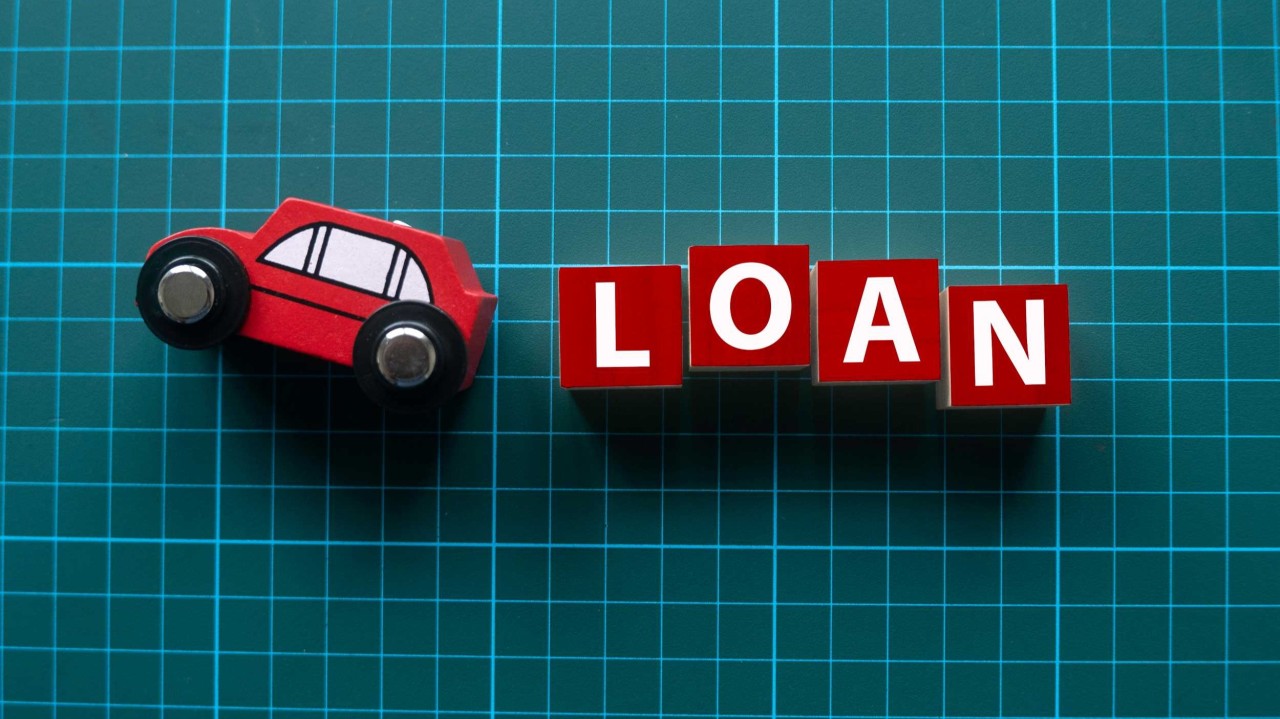Auto loans have become a cornerstone of American consumer finance, enabling millions to purchase vehicles without paying the full price upfront. As of 2025, over 100 million Americans hold auto loan accounts, reflecting the integral role of vehicle financing in daily life . This comprehensive guide delves into the intricacies of auto loans in the U.S., covering types, qualification criteria, current interest rates, and strategic considerations for borrowers.
Understanding Auto Loans
What Is an Auto Loan?
An auto loan is a secured loan where the vehicle itself serves as collateral. Lenders offer these loans to consumers for purchasing new or used cars, with repayment terms typically ranging from 36 to 72 months. The loan amount, interest rate, and repayment schedule are determined based on factors such as the borrower’s creditworthiness, the vehicle’s value, and the loan term .Investopedia+1Investopedia+1Investopedia
Types of Auto Loans
- Secured vs. Unsecured Loans: Most auto loans are secured, meaning the vehicle is collateral. Unsecured loans, though rare in auto financing, do not require collateral but often come with higher interest rates.
- Simple Interest vs. Precomputed Interest: Simple interest loans calculate interest on the remaining balance, allowing borrowers to pay off the loan early without penalty. Precomputed interest loans calculate interest upfront, which can result in higher costs if the loan is paid off early.Investopedia
- Direct vs. Indirect Financing: Direct financing involves obtaining a loan directly from a bank or credit union, often offering better rates. Indirect financing occurs through dealerships, which may mark up interest rates for profit .Investopedia
Qualification Criteria
Credit Score
Your credit score is a pivotal factor in loan approval and interest rate determination. As of late 2024, average auto loan interest rates by credit score were:experian.comBankrate
- 781–850 (Super Prime): 4.77% (new), 7.67% (used)
- 661–780 (Prime): 6.40% (new), 9.95% (used)
- 601–660 (Nonprime): 9.59% (new), 14.46% (used)
- 501–600 (Subprime): 13.08% (new), 19.38% (used)
- 300–500 (Deep Subprime): 15.75% (new), 21.81% (used) .Bankrate
Income and Employment
Lenders assess your income and employment stability to ensure you can meet monthly payments. A steady income stream and employment history of at least two years can enhance your loan eligibility.themoneyknowhow+2Bankrate+2experian.com+2
Debt-to-Income Ratio (DTI)
The DTI ratio compares your monthly debt payments to your gross monthly income. A lower DTI ratio indicates better financial health and increases the likelihood of loan approval.
Down Payment
While not always mandatory, a down payment reduces the loan amount and can lead to better loan terms. A typical down payment ranges from 10% to 20% of the vehicle’s purchase price.
Current Auto Loan Interest Rates (2025)
As of April 30, 2025, average auto loan interest rates were:Bankrate
- 60-month new car loan: 7.33%
- 48-month new car loan: 7.22%
- 48-month used car loan: 7.60%
- 36-month used car loan: 7.65% .Bankrate
These rates can vary based on factors such as credit score, loan term, and the lender’s policies.
Strategic Considerations for Borrowers
Pre-Approval Process
Obtaining pre-approval from a lender before visiting a dealership provides a clear understanding of your budget and strengthens your negotiating position. Pre-approvals typically last 30 to 60 days.experian.com+1Investopedia+1
Loan Term Selection
Longer loan terms (e.g., 72 months) result in lower monthly payments but can lead to higher total interest costs. Shorter terms (e.g., 36 months) have higher monthly payments but lower overall interest. Balancing affordability with total loan cost is crucial.
Refinancing Opportunities
If your financial situation improves or interest rates decrease, refinancing your auto loan can reduce monthly payments or shorten the loan term. However, consider any fees associated with refinancing.
Insurance Considerations
Full Coverage Insurance
Lenders often require full coverage insurance, including collision and comprehensive coverage, to protect the vehicle until the loan is paid off.
GAP Insurance
Guaranteed Asset Protection (GAP) insurance covers the difference between the vehicle’s actual cash value and the remaining loan balance if the car is totaled or stolen. This is particularly beneficial for loans with low down payments or longer terms .Wikipedia
Pros and Cons of Auto Loans
Pros
- Vehicle Accessibility: Allows immediate vehicle purchase without full upfront payment.
- Credit Building: Timely payments can improve credit scores.
- Flexible Terms: Various loan terms and interest rates cater to different financial situations.themoneyknowhow+1Bankrate+1
Cons
- Interest Costs: Longer loan terms can lead to higher total interest payments.
- Risk of Repossession: Defaulting on payments can result in vehicle repossession.
